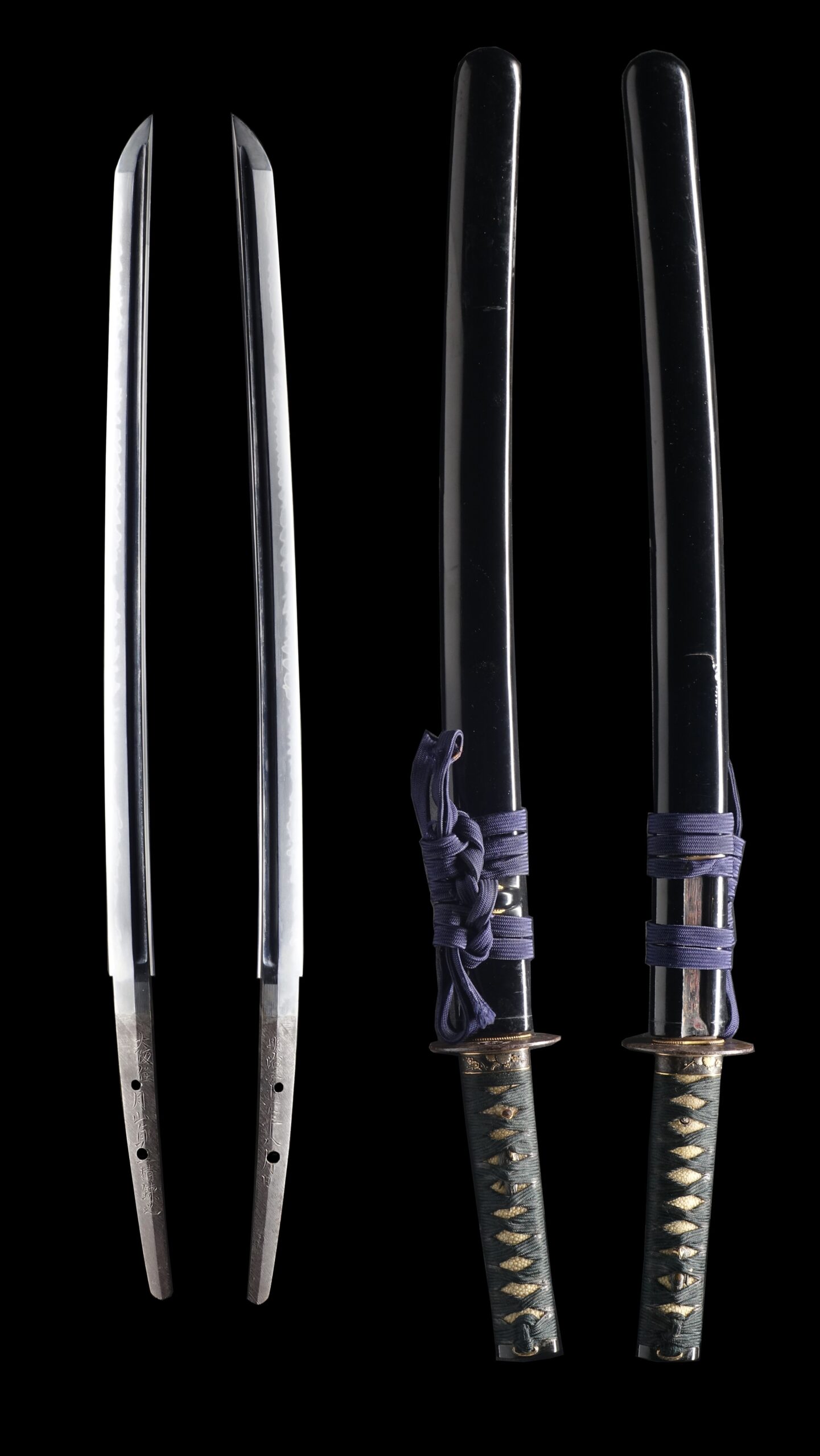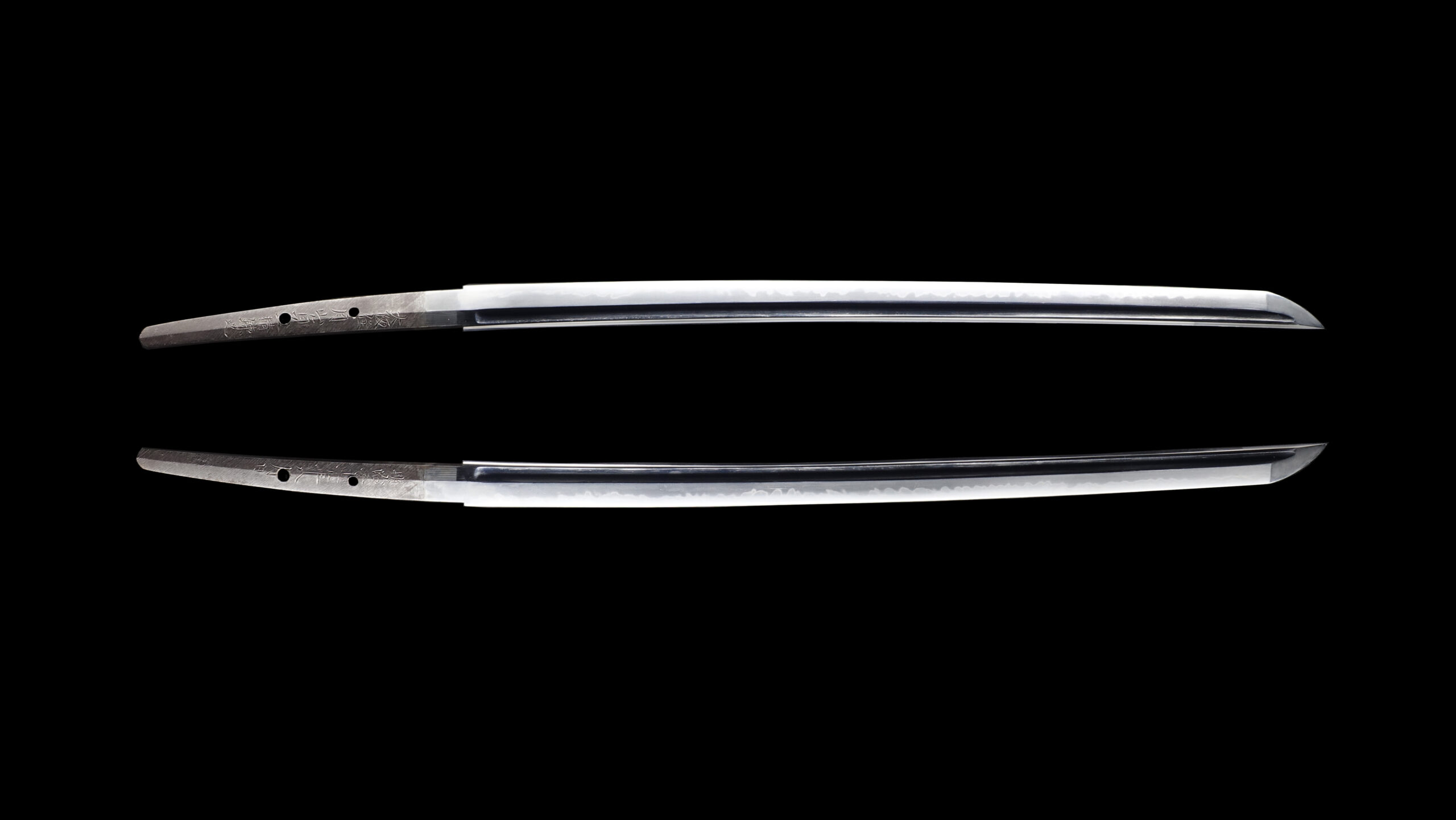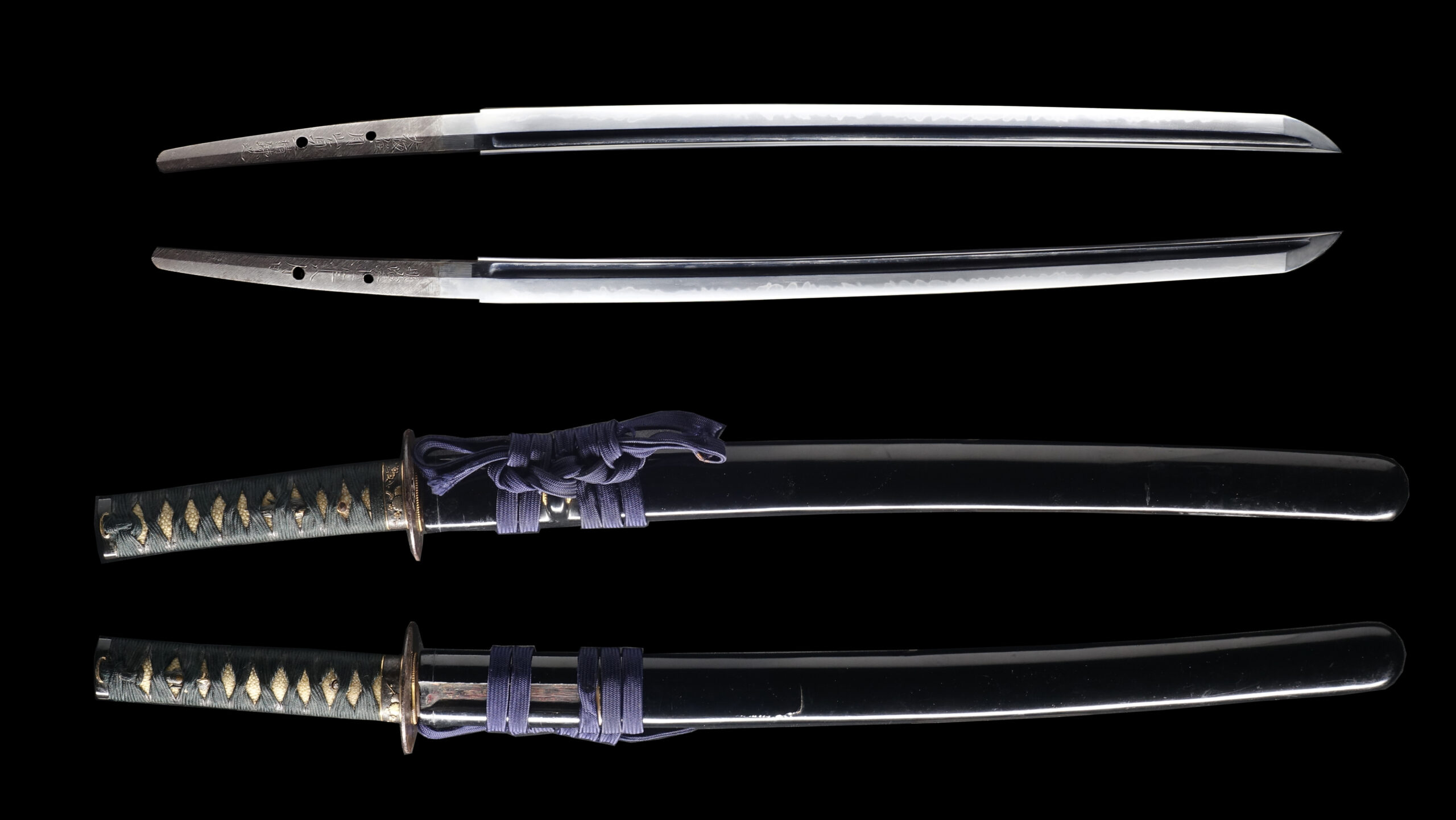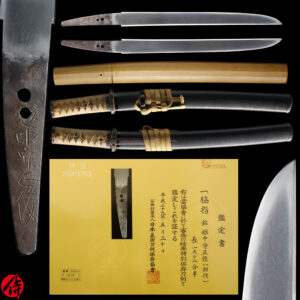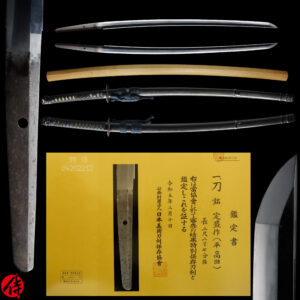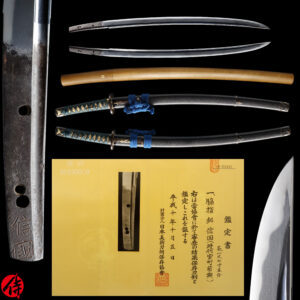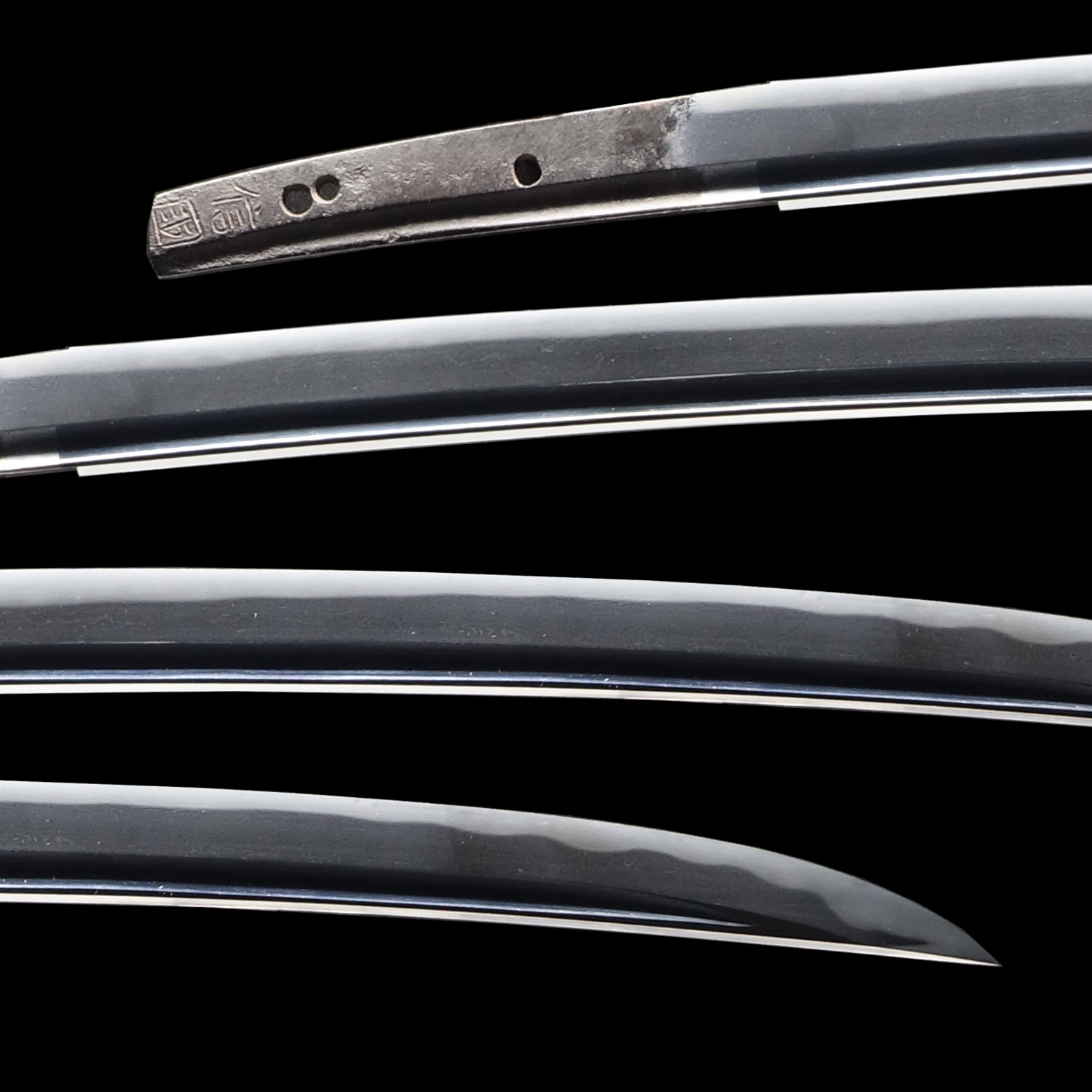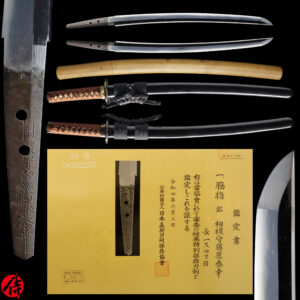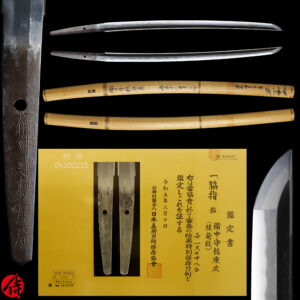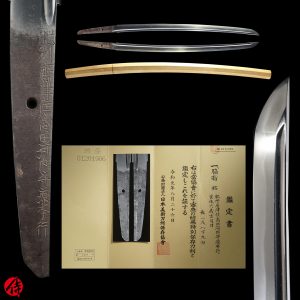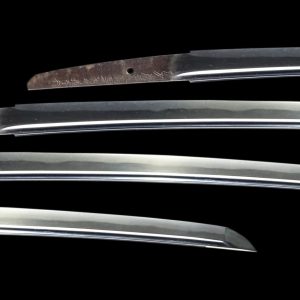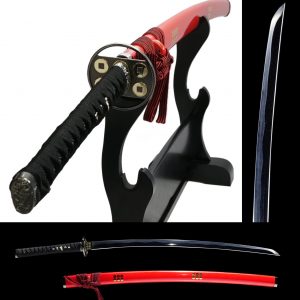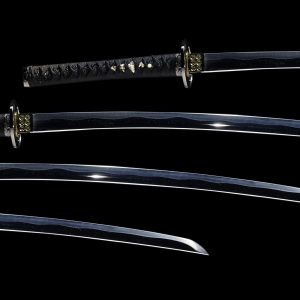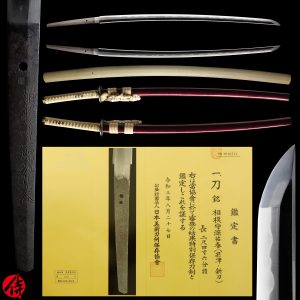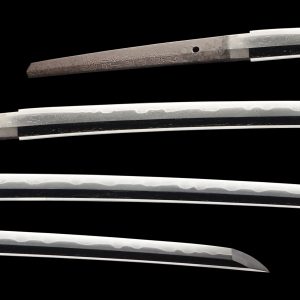Antique Japanese Sword Wakizashi Signed by Gassan Sadakazu with NBTHK Hozon Certificate
【Description】
This blade was signed by Osaka Jyu Gassan Sadakazu in the 30th year of the Meiji era (1898). Sadakazu was born as the son of the Tsukamoto family in Omi province(today’s Shiga prefecture) in 1836. Sadakazu was adopted by Gassan Sadayoshi(月山貞吉), one of the most famous swordsmiths in Osaka prefecture, when he was seven years. Sadakazu started his training under Gassan Sadayoshi when he was 11 years old. And at incredible speed, he was able to master a lot of complex techniques. According to available records, his first blade was created in 1851 when he was 16 years old.
Gassan is the name of the school he belonged to. It was initially founded during the Heian period(late 12th century). It is said that the school name “Gassan” (月山) came from the fact that they forged swords near the mountain called Gassan in Dewakoku.
His master, Gassan Sadayoshi, founded Gassan school in Osaka in 1833. While Gassan school had been known as one of the most prestigious schools from the Kamakura period(late 12th century), its presence faded in the early-mid Edo period. However, after Sadayoshi became a highly-regarded swordsmith at the end of the Edo period, the whole school revitalized and flourished again because of his continuous effort and superb craftsmanship.
Gassan Sadakazu supported Sadayoshi, and they spent many years researching traditional Gassan style swords and finally made Ayasugihada, the signature design of Gassan school. Ayasguhihada looks undulating grain pattern in the Jihada(steel surface), which resembles a Japanese cedar grain.
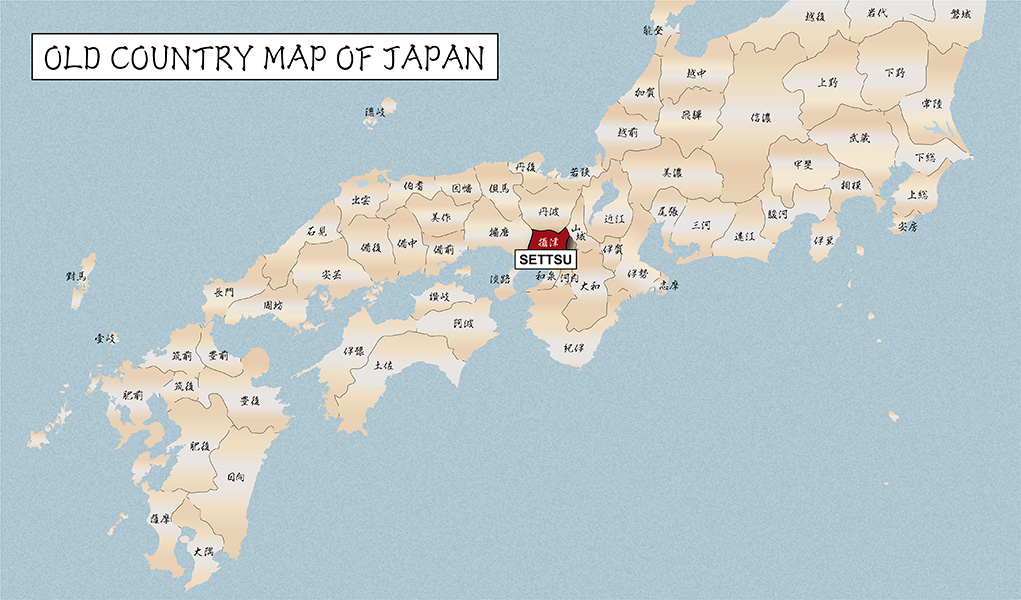
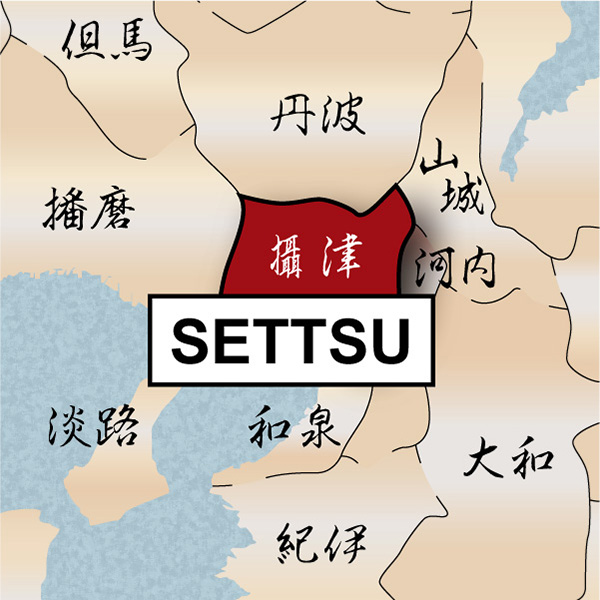
At the end of Sadayoshi’s career, Sadakazu often did Daimei for his master. Daimei is a regular act where an apprentice or a child of the swordsmith signed his master’s name with his master’s permission, being involved in a sword-forging. This fact proves that the level of artistry Sadakazu mastered was closed to his master, Sadayoshi. It is said that Sadakazu was able to create various styles of blades by using different sword traditions. And, he was also famous for having beautiful sculptures on his work.
When Sadakazu started his career, it was the end of the Edo period when the military government of Samurai(Tokugawa Shogunate)controlled Japan, and feudal society was the norm. There was plenty of demand of weapons from Samurais back then. However, in 1868, there was a civil war between Tokugawa’s shogunate government and the new Meiji imperial government. After this battle, the Tokugawa shogunate was ousted, and the imperial government gained control. The whole feudal system was dismantled, and the new government took the social status of Samurai. The demand for Japanese swords decreased dramatically from the beginning of the Meiji era. Many swordsmiths lost their jobs or changed their career. However, Sadakazu kept forging swords until he died at the age of 84(1918).
In the post-Samurai period, he played an important role for the Japanese sword. The government recognized his contribution to his preserving the tradition of Japanese sword-forging. In 1906(the 39th year of Meiji), he received Teishitsu Gigeiin(帝室技芸員: Nationally-designated Important intangible cultural property). He also submitted his work to the Chicago expo in 1893 and received an honorable award. Emperor Meiji purchased this award-winning sword one year after the expo.
His son is Gassan Sadakatsu, his grandson, Gassan Sadakazu(the-second gen Sadakazu), and Gassan Sadatoshi(Great-grandson) were famous and skilled swordsmiths. Gassan Sadatoshi and his son still keep creating beautiful swords for Japanese sword collectors today.
This blade is appraised as a Hozon Token(保存刀剣) issued by NBTHK(Nihon Bijutsu Touken Hozon Kyokai:日本美術刀剣保存協会). This authentication paper was only given to authentic Japanese swords, well preserved with artistic value.
【 Blade】
Cutting Edge Length(Nagasa):46.2 cm ( 18.2 inches)
Curvature(Sori):0.5 cm (0.19 inches)


Hamon:
The crystalline structure which forms along the cutting edge of a blade as a result of the hardening process
Jimon(Jihada):
visible steel surface pattern created by folding and hammering during forging process
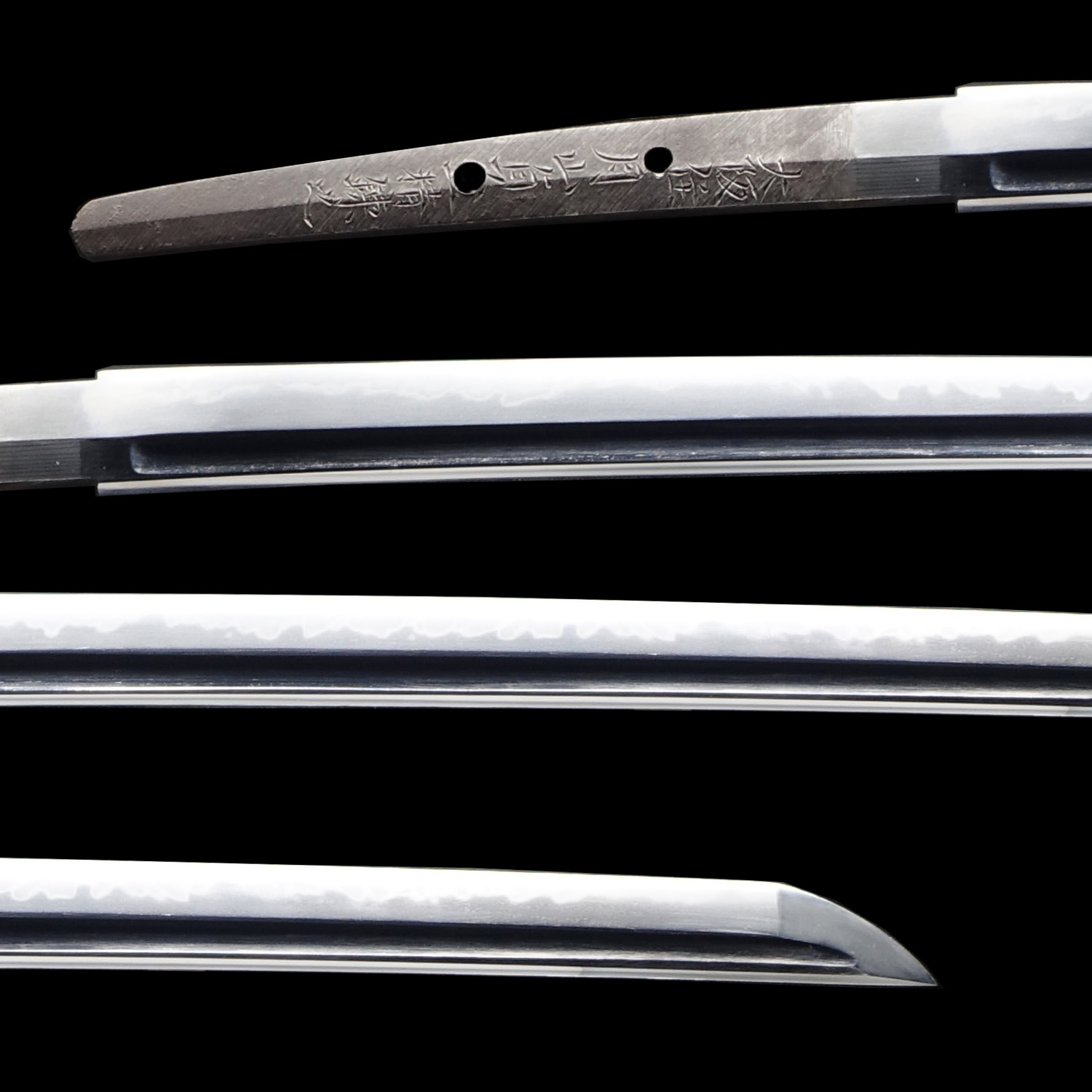

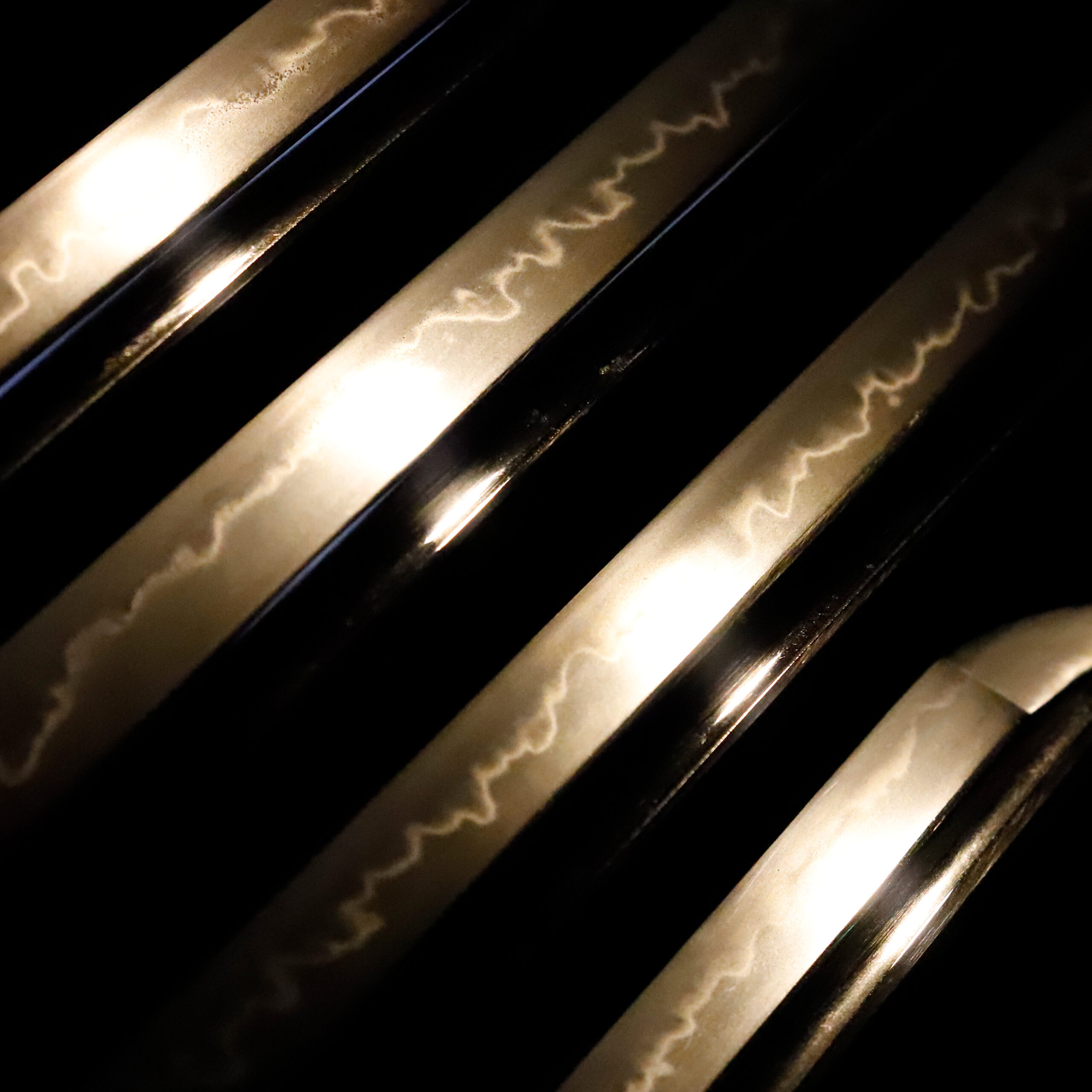

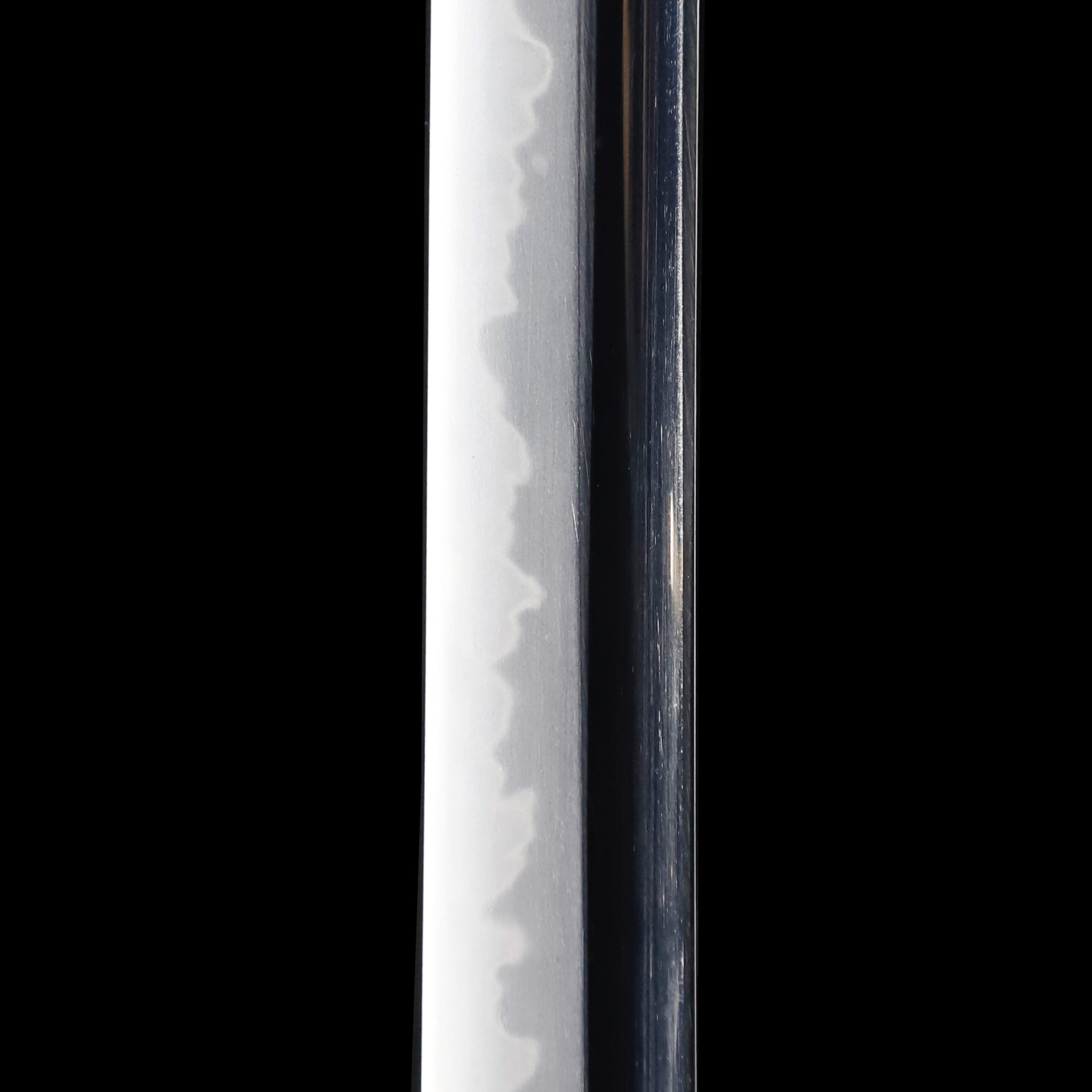

Kissaki: Kissaki is the tip of the Japanese sword.
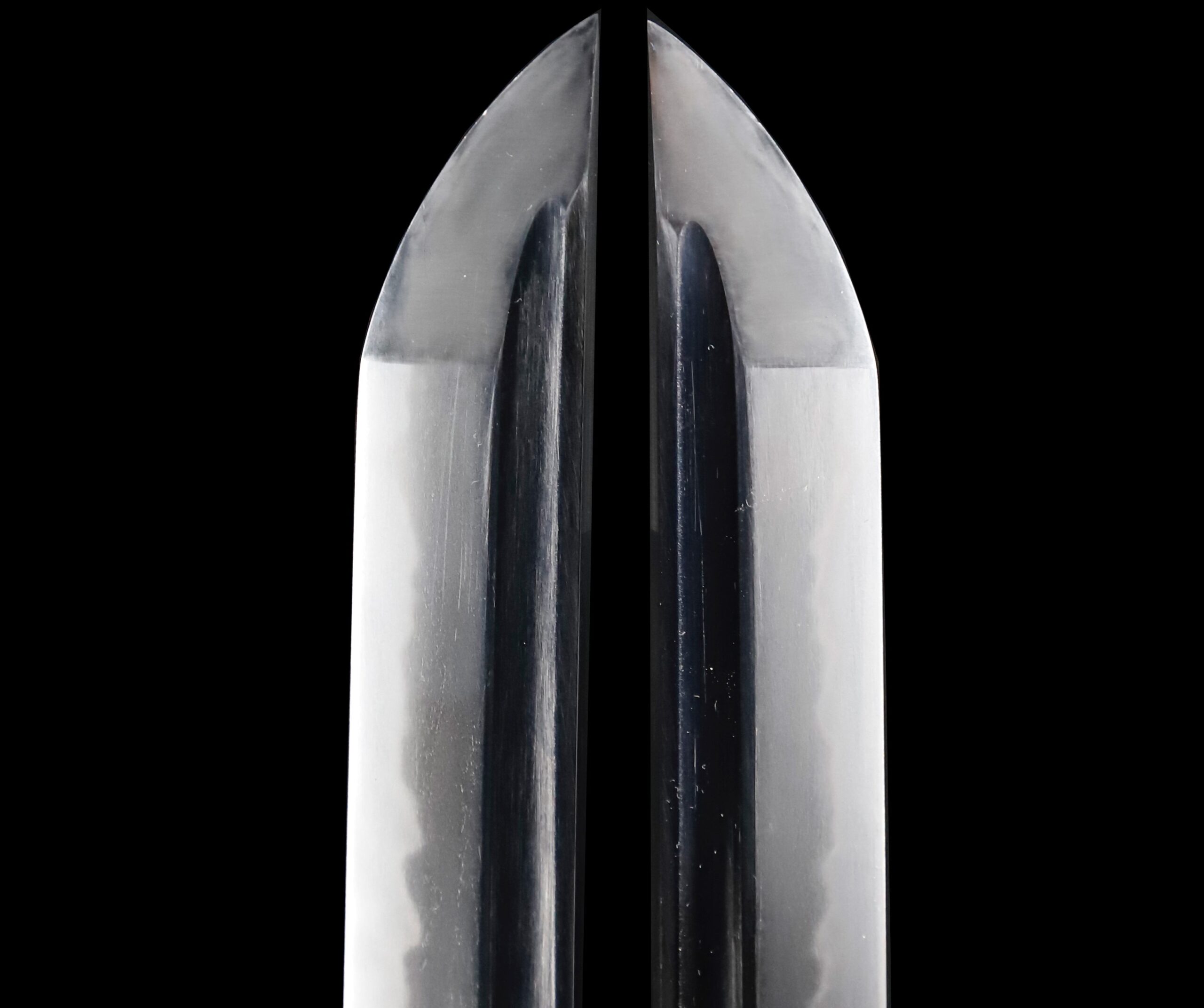
Nakago:Nakago is the tang of the Japanese sword.
Japanese swordsmiths left the black rust on the tang on purpose to prevent red rust while the tang is in its handle. And the discoloration of the tang was created over time, which is a great indicator for a Japanese sword specialist to estimate when the sword was forged.

Koshirae: Koshirae is the mounting of the Japanese sword. There are several parts that consist of Koshirae such as Saya(Scabbard), Tsuka( Handle), Tsuba(Handguard).

Fuchi-Kashira:A pair of matching sword fittings that cover the upper and bottom parts of its sword hilt.
This Fuchi Kashira, especially the Fuchi part, has a decorative look. The Ume (梅, Japanese apricot blossom) pattern is designed here. While some colorings have faded due to aging, we could see golden and silvery colorings on each motif. Japanese apricot blossoms begin to bloom in winter when snow still covers their trees, so people thought this flower tells the arrival of spring. The same as cherry blossoms, this plant has been appreciated for a long time in Japan. People enjoy its adorable petal shape and scent and gracefully branched tree, and they have composed many poems about it. Since Japanese apricot blossoms come out in the cold season, they symbolize the power of perseverance and vitality.
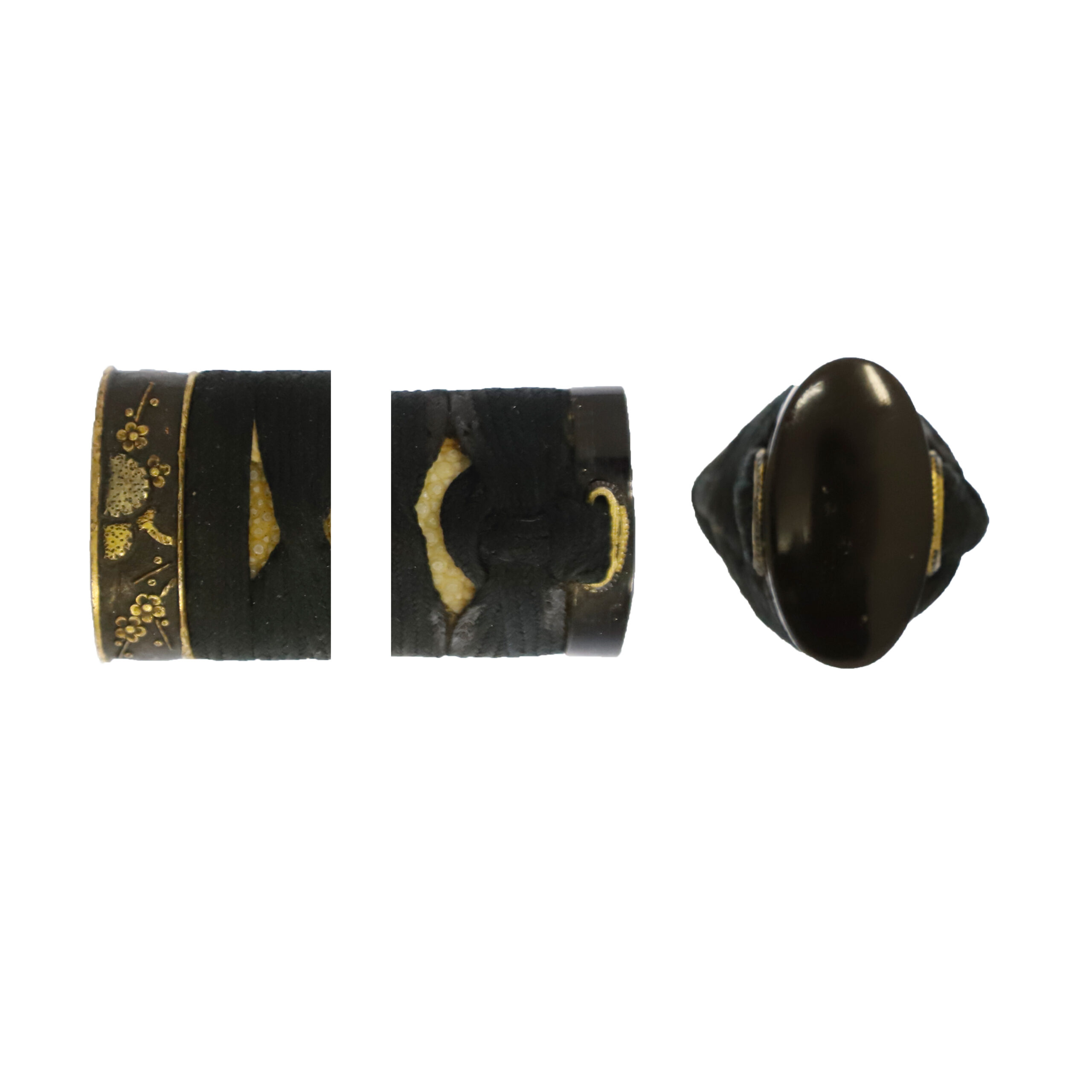
Tsuka and Menuki:Tsuka is the handle of the Japanese sword and Menuki is its decoration.
You can find turtle figures through the gaps of the Tsukamaki thread. The same as Japanese apricot blossoms, this animal has been cherished as an auspicious motif for a long time. The name of this animal pattern is called the Kikkou (亀甲, turtle shell) design. It is a continuous geometric pattern connecting regular hexagons up and down. According to a theory, this design was brought from China and the Korean Peninsula in the Asuka (592-710) and Nara period (710-794). A proverb says turtles live long lives; therefore, turtle and turtle shell patterns represent longevity. In addition, as this continuous hexagonal pattern does not get out of shape, it is said that people wished for eternal prosperity by using this design. When this design was brought to Japan, it was monopolized by the aristocracy so that ordinary people even could not see it. It was such a prestigious design at that time. The Kikkou pattern was applied to various items such as Kimono (着物, traditional Japanese costume), Obi (帯, belt for Kimono), porcelains, etcetera. Samurais started using the Kikkou pattern in the Kamakura period (1185-1333), and it has become widely known among the general public. This Wakizashi’s Koshirae is composed of such good omen motifs.


Tsuba and Habaki:Tsuba is the handguard for the Japanese Sword and Habaki is the equipment to make the blade not touch its scabbard inside. It prevents the blade from getting rusty and chipped.
*If you purchase this Wakizashi, we will have this Habaki partially refurbished to enhance its beauty. Please keep in mind it will take additional time before dispatching the sword because of the refurbishment.
This antique iron Tsuba has a Kozuka hole, and a family crest is engraved with the openwork. We believe this flower-designed crest is the Maru-ni Kikyou (丸に桔梗) Mon, which is a type of the Kikyou (桔梗, Japanese bellflower) pattern. As you see in this work, it is a small star-shaped flower. A theory says that its root has medicinal efficacy. The Kikyou pattern has often been used as a motif of Tanka (短歌, a kind of traditional Japanese poem) and pictures since the Heian period (794-1185). Its name was initially “Kichikou,” and it changed to “Kikyou” with time. It is said this flower was used for fortune-telling in the old days. This action is called Kikkyou-wo Uranau (吉凶を占う) in Japanese. The word Kikkyou (吉凶, good or bad omen) was associated with this flower’s name. “Kichikou” was compared to the word “Kichi Kou (吉更),” which means further good fortune. That is why this flower pattern is treated as a good omen design, including family crests.

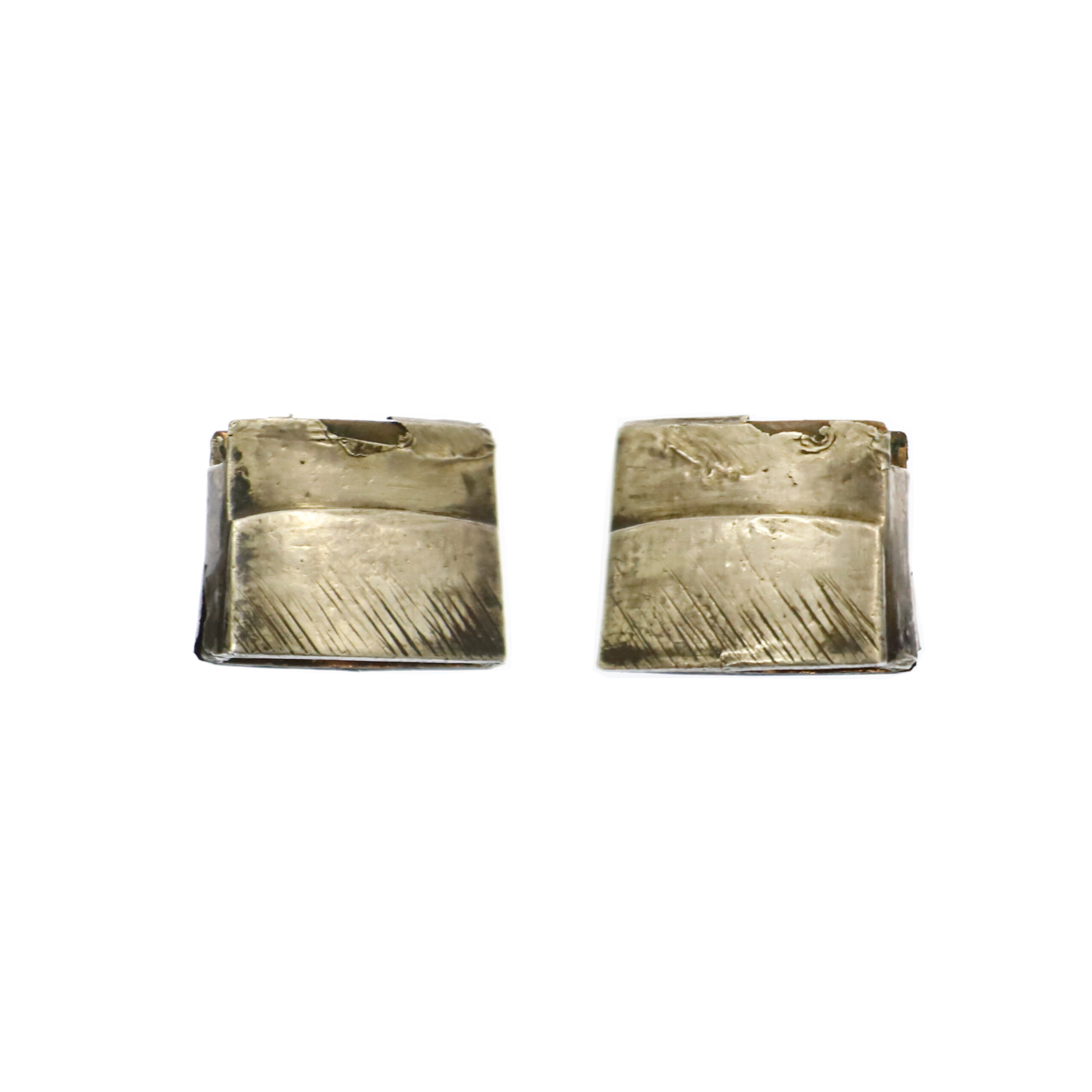
Saya: Saya is the scabbard for the Japanese sword.
*Please keep in mind that there is a trace of restoration on this Saya.

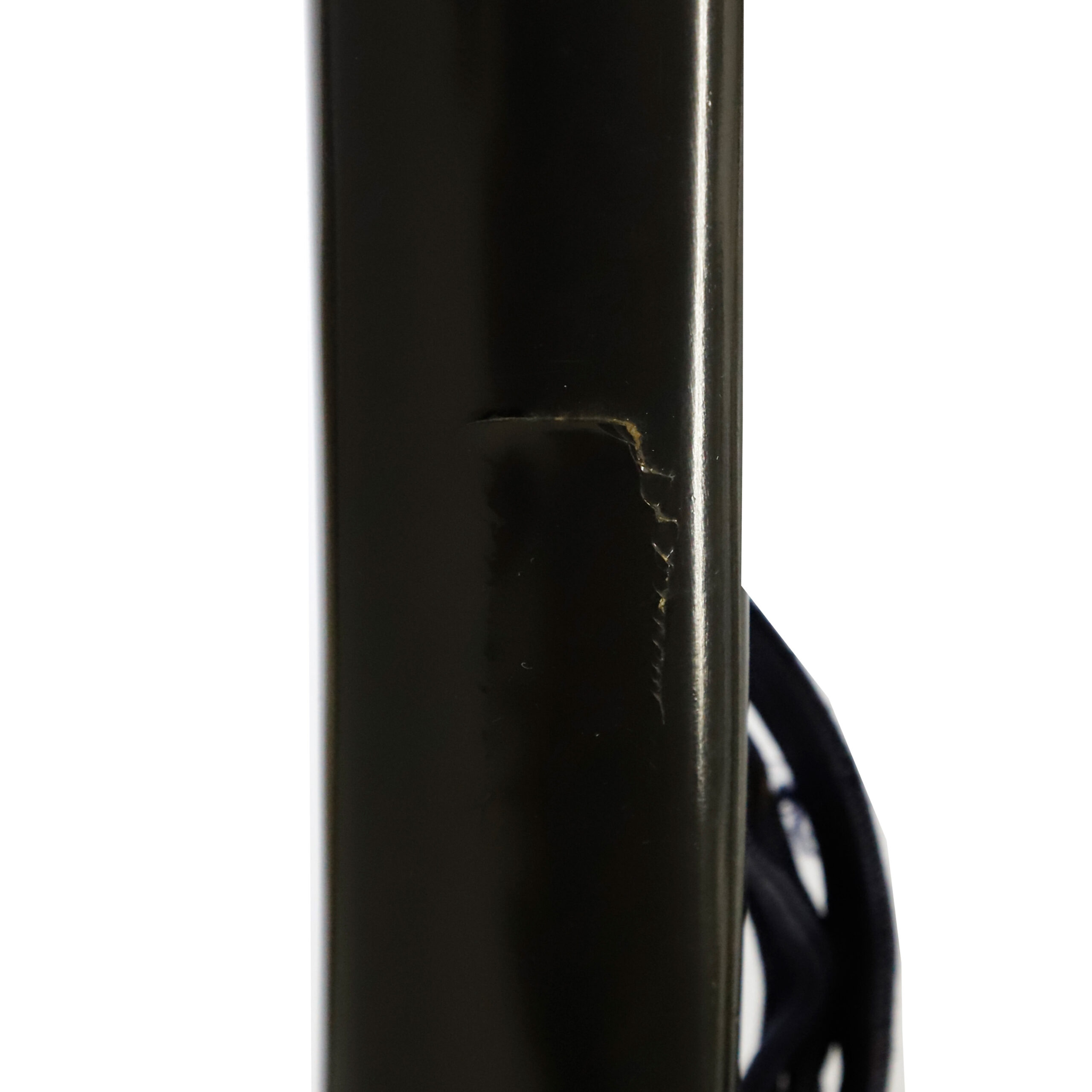
Authentication Paper:NBTHK Hozon Certificate for the blade (No. 3032369)
NBTHK,, also known as Nihon Bijutsu Touken Hozon Kyokai (the Society for the Preservation of the Japan Art Sword), is one of the oldest Japanese sword appraising organizations in modern-day Japan. They authenticated the blade on August 25th in the 5th year of Reiwa (2023). They appraised it as Hozon Touken, the blade worth preserving for Japanese society. The purchaser will receive this original certificate as well. We can also translate what is written into English and make a PDF file for your record if you request.
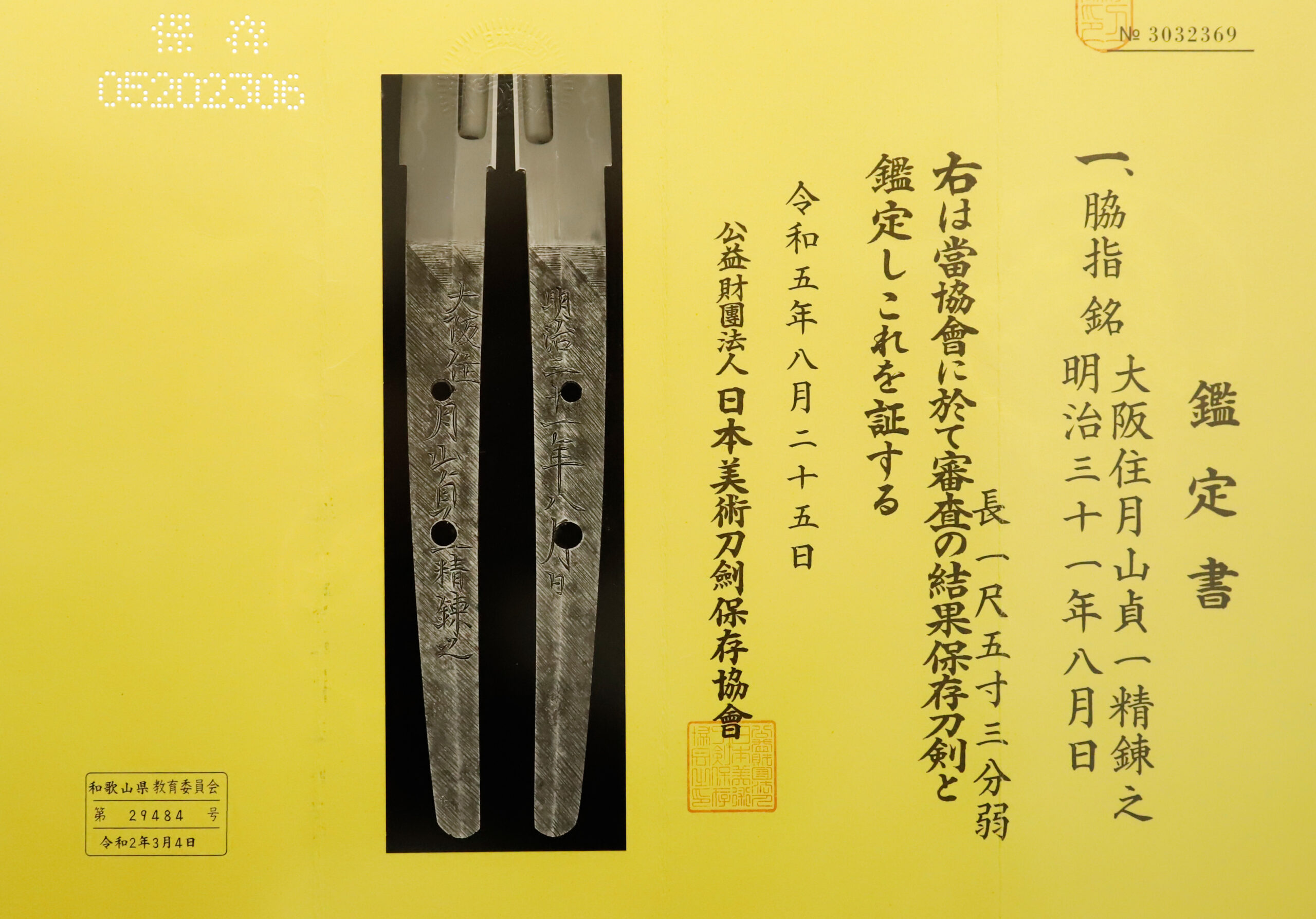
Registration Number : Wakayama 29484
The Board of Education in Wakayama prefecture issued a registration paper for this sword . It is called Jyu Token Rui Torokusho(銃刀剣類登録証). Bunkacho(The Agency for Cultural Affairs) acknowledges a Japanese sword with this paper as a work of art.
The sword needs to be traditionally hand-forged and made of Tamahagane carbon steel to be registered in the system. With this paper, its owner in Japan can legally own an authentic Japanese sword. Based on this registration number, we will apply for its export permit.
This paper will need to be returned to the board of education when the sword is being shipped abroad, but you can receive a copy of it. An English translation of this registration paper is available on request.
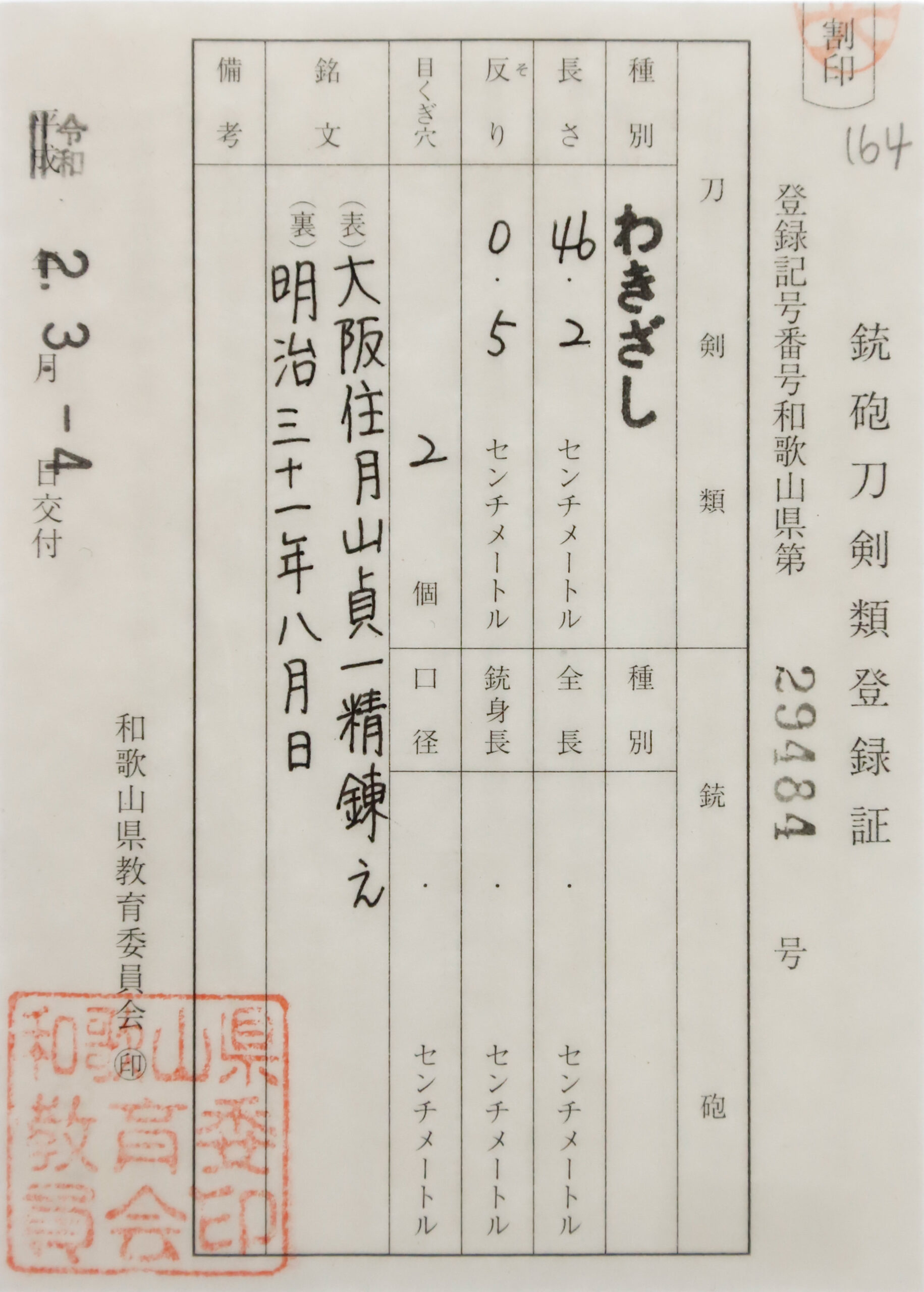
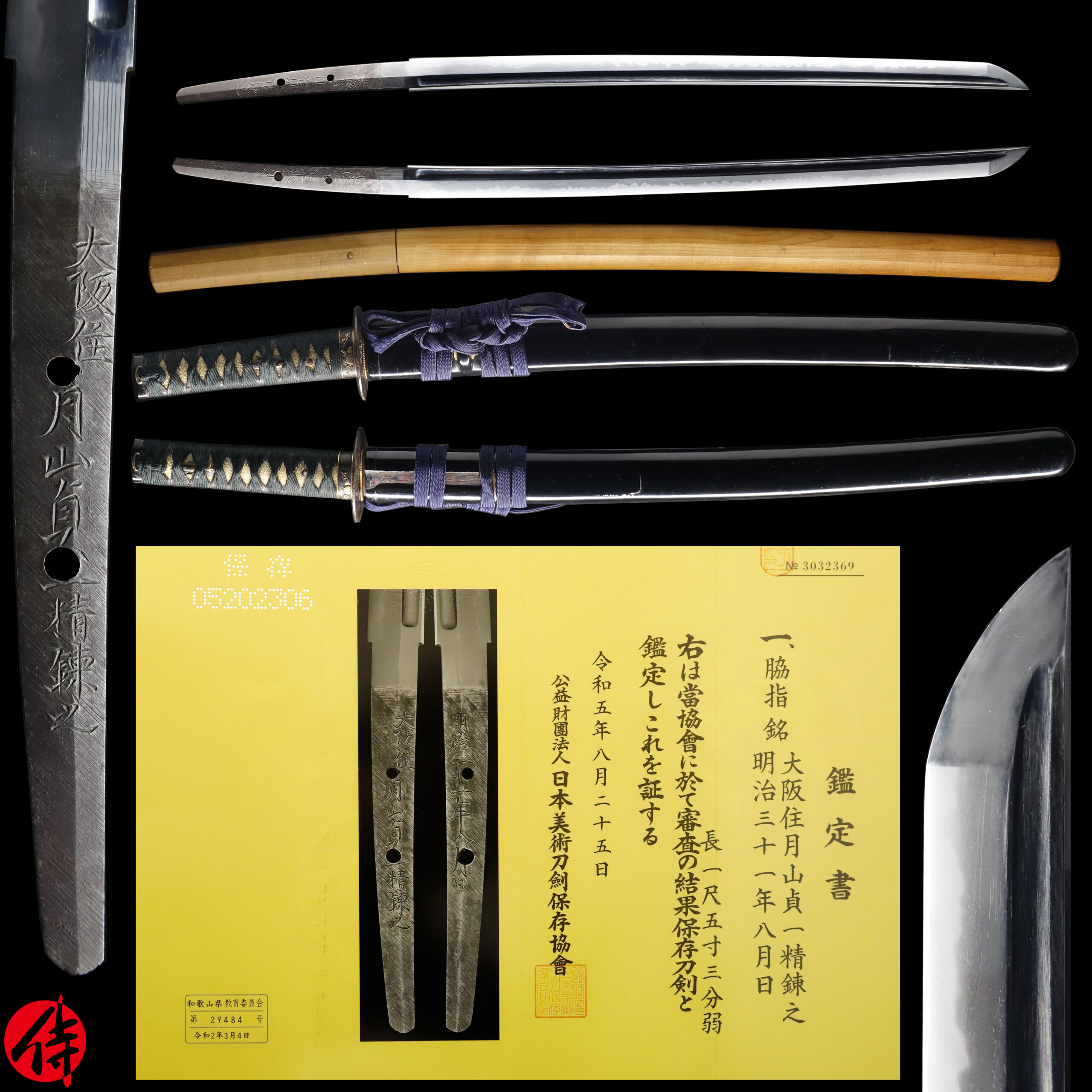
—————————————————————–
【About us】
Samurai Museum is located in Tokyo, Japan, exhibiting antique artifacts related to the Samurai history. Samurai Museum Shop is the place for those who are interested in Japanese culture and craftsmanship. We deal with antique Samurai swords/armor, traditional crafts made in Japan and so on.
【Japanese Sword& Export Process】
The Japanese swords we deal with are hand-forged edged swords made in Japan. It was made from the traditional carbon steel called TAMAHAGANE(玉鋼). Samurai Museum is familiar with the proper legal procedure for an antique/ authentic Japanese sword to be exported from Japan. We have sent more than 700 Japanese swords for the past few years (~2024) to amazing owners who appreciate its historical value.
Each Japanese sword is registered under the Agency for Cultural Affairs and the Board of Education in Japan. They issue a registration paper for each Japanese sword for its owner in Japan to legally possess it. The Japanese sword with its registration paper means it was traditionally hand-forged in Japan.
To legally export the sword from Japan to other countries, we will have to apply for its permit to the Agency for Cultural Affairs(Bunkacho) and return the original registration paper to the Board of Education. It normally takes around 2-4 weeks to receive this permit after submitting required documents. And we would like you to expect at least 1-1.5 months for your order to arrive at your given address after you ordered. For more detailed info, please click here.
It is allowed for residents in Japan to own authentic Japanese swords without a special license as long as they come with registration papers. Please feel free to contact us if you are a resident of Japan, whether temporarily or permanently. We will also assist you when you leave Japan and need to obtain the export permit.
【Payment Method】
We accept payment through Stripe (Credit card), PayPal, Apple Pay or ChromePay, all of which are secure payment methods. Also, you don’t need to make an account on Stripe for the checkout. If you prefer other payment method, please contact us. After confirming your payment, we will apply for an export permit. You may either pay in JPY, USD, AUD, CAD,EUR CHF or GBP. The price is set in Japanese Yen. Prices in other currencies are automatically calculated based on the latest exchange rate.

* If the amount is above 1 million JPY, Stripe or wire transfer will be the only options for payment.
【Shipping】
We have shipped authentic Japanese swords to the USA, UK, Canada, Mexico, Germany, France, Hong Kong, Finland and Australia. If you don’t live in these countries and like to order, please contact us first before making a purchase. We offer Free International Shipping as long as we can send antique Japanese swords by EMS.
We normally ship by EMS(Express Mail Service) provided by Japan Post. We will send you a tracking number for your order as soon as we hand it to the post office. We will put 100 % insurance on the shipping document without any extra charge. Based on the total amount, there might be a duty tax or other fee for you to pay, depending on the countries. We use package cushioning to protect the item and put it in a PVC pipe, which is one of the most secure packages because of its durability.
It will normally takes 5-14 days for the item to arrive at your given address after we dispatch it. Time of delivery is estimated as accurately as possible by the carrier but does not take into account any delays beyond our control such as by inclement weather, post office holiday seasons.
* If you live in Australia and like to purchase an authentic Japanese sword, please click here to know the detail.

【Review】
Here is one of the reviews we received from a customer who purchased an authentic Japanese sword from us. For more reviews, please click here.
“My experience overall with the whole process was wonderful. I had many questions about the history and process to purchase these treasures. All my questions were answered very timely and complete. The staff is very knowledgeable and very well versed if any questions do arise.”
【How to make sure the condition】
Please keep in mind that what you are going to purchase is an antique item. We uploaded high resolution photos for you to check its condition thoroughly. If you like to see more photos with different angles, please feel free to contact us. We will be happy to send them to you so that you can make informed decision. It is essential for us to know that you are happy with your choice of a sword. and we are prepared to use the best of our ability to serve you.
【How To Contact Us】
Please contact us through email, Facebook Messenger or Live Chat if you have any questions. You can find each icon on the right side of the website. Please click one of them to reach us. We will reply to you within 1-2 business days.
【The Art of Nihonto (Japanese Sword)】
Samurai’s history is a profound, eloquent legacy of ancient Japanese warriors in which millions of people worldwide are being fascinated. If you like to find out the art of Nihonto, please click here.
【A Guide to Japanese Sword Maintenance】
After acquiring an genuine Japanese sword, it is also important to know how to take good care of it. Here is the special video for you. Mr. Paul Martin, Japanese sword expert, shows you how to give proper maintenance to your sword. By mastering how to clean the Japanese sword, its aesthetic beauty will last forever.
When you purchase a Japanese sword from us, you can get a Free Japanese sword maintenance kit. It comes with four tools(Choji Oil, Uchiko Whetstone Powder, Peg remover, Oil Applicator). By watching the video instruction above , you can enjoy learning how to maintain your Japanese sword while appreciating it. If you have any difficulty assembling the sword or cleaning the blade, you can feel free to contact us.


MORE ANTIQUE JAPANESE SWORD FOR SALE
SWORDS WITHOUT CERTIFICATES FOR SALE
LEARN JAPANESE SWORD TERMINOLOGY
Thank you for reading all the information on the page. If you have any difficulty choosing the right Japanese sword for you, we will be more than happy to help you find the one that speaks to you the most. Please feel free to contact us.

